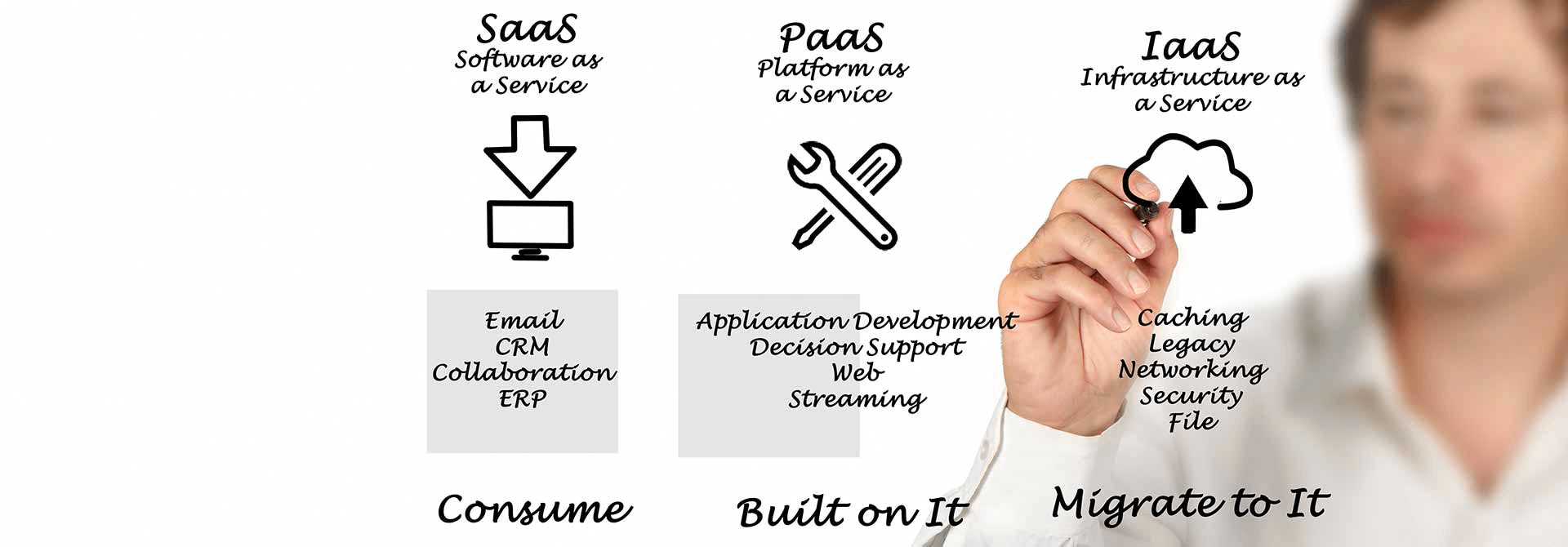Home > Blogs > Moving to distributed systems: Blockchain and the standards opportunity
Moving to distributed systems: Blockchain and the standards opportunity

With the growing popularity of blockchain technology, days of the static, offline ledger are numbered. But as we move to broad digitalization of municipal bookkeeping using technologies like blockchain, how do we prevent the fragmentation of systems? In this article, we examine the promise shown by blockchain, the enthusiasm towards its adoption, and the importance of establishing standards to ensure a solid, hassle-free global implementation.
Standards sit at the core of every aspect of a business, a technology, and a heavy industry. Without standardization, we would not be able to run trains across borders, as rail spacing and thickness would not be uniform. We would have much wider disparities in power voltages and mains plugs, severely impacting manufacturers of electronic goods. Without standardization, it would be impossible to reliably source components like nuts, bolts, and screws to assemble everything from a laptop to a suspension bridge. Standards bring order to chaos and nurture industry-wide development of systems and platforms, discouraging a myriad individual directions, creating incompatible variations on the same theme.
IT systems are no different. Standards have helped define everything from the web and email to programming languages as well as ensuring interoperability of systems and networks. It is hard to believe today that we would build applications and operating systems that differ from the current accepted practice. However, before clear industry standards emerged, it was a very different, incompatible world.
Interoperability in recordkeeping and ledgering is a classic example of where standards serve to bring method to madness, especially where there is a need for a standards-driven approach to delivering the next generation of electronic, interoperable recordkeeping platforms.
The case for the distributed ledger technology
At the center of digitized ledgering efforts is the distributed ledger technology (DLT) — the notion of a trusted, electronic ledger platform that can be shared by organizations as well as an entire sector.
Right now, we are witnessing an explosion of innovation in this space, led by efforts based on the blockchain. The technology could prove to have the capacity to deliver a whole new level of trust to a wide range of services, based on open standards. Open data has fundamentally changed public and enterprise relationships, with each other and with the government. The same approach can reform our financial markets, supply chains, consumer and business-to-business services, and publicly-held registers.
Delivering a trusted, hardened, and interoperable platform is essential — it doesn’t work if groups go their own unique ways. Sectors need to settle on a single, standards-based approach. This is why blockchain is increasingly being seen as the solution. It overcomes key inefficiencies in the market, allowing organizations and bodies to scale a platform without requiring an equally significant increase in staff numbers.
Why blockchain?
A blockchain distributed ledger is essentially an asset database that can be shared across a network of multiple sites, geographies, or institutions. Any changes can be replicated to all copies of a ledger quickly, ensuring that no participant is left working on outdated information. The security and accuracy of the data within the ledger is maintained cryptographically through the use of ‘keys’ and ‘signatures.’ These not only control who can edit the ledger, but also curtail retrospective tampering.
Additionally, it removes the need for a centralized body to reconcile and adjudicate over transactions while building security. Each record is interlinked with the one before and after it, making retrospective tampering and hacking impossible to achieve without detection.
Haruhiko Kuroda, governor of the Bank of Japan, made the point about the potential of a distributed ledger technology like blockchain when he recently said, “The development of financial services has been supported by ledgers as the basic infrastructure for information. The dramatic changes in how ledgers are kept may have the potential of significantly changing the structure of financial services.”
In short, shared protocols enable the collaborative creation of digital distributed ledgers with properties and capabilities that go far beyond traditional paper-based ledgers, removing the need for exposed APIs and other translating middleware.
Standards take time to agree
Any standards-driven approach to platform development takes time. Agreements about data interoperability, policy interoperability, and the effective implementation of international standards is time consuming, require negotiation, and involve many stakeholders. After all, we didn’t settle on the UK three-pin plug overnight — it took many years for the country to standardize on one plug and one voltage; but it was an effort largely led by businesses.
Similarly, with blockchain, businesses have a pivotal role to play in tackling issues of security, privacy, and the development of standards — all areas where industrial advantage will be gained by cooperation rather than competition. Furthermore, governments need to work with academia and the industry to ensure that the standards are correctly enshrined in the legislation, and that these are deemed as an industry best practice, and elaborated upon through education.
For example, UBS, Deutsche Bank, Santander, and Bank of New York Mellon are teaming up to develop a new form of digital cash to clear and settle financial trades using blockchain technology. This is just one of the several initiatives that could ultimately breed the next industry-wide platform. Without standards, fragmentation and technology forking inhibit adoption, adding complexity and cost.
Furthermore, many bodies and influential standards groups are already conforming, in support of blockchain-based technologies. For example, the Linux Foundation is backing Hyperledger, while the W3C, R3 group, and other bodies are actively collaborating with enterprise stakeholders to ensure that distributed ledgers built with different technologies will be able to interoperate on a basic level.
Love open data, love standards
For Infosys and other champions that are working with blockchain, the opportunities and flexibility offered by the technology are varied and motivating. As an underlying platform, blockchain lends itself to everything from land registries and tax payments to bank account transactions and social security payments. For anything that needs accurate, legally robust recordkeeping that can withstand attempts to tamper with the flow of information, blockchain is a viable standards-based option. Moreover, the standardization required to maximize value from DLT would have a ripple effect of improving and standardizing some of the contracts and instruments around this workflow, such as supply chain documents, financial instruments, and other components of the process.
However, while most industry players agree that standardization will add value, we are some time away from knowing which of the various proposals will emerge as the true standard. The success of standards should not emerge from another ‘VHS vs. Betamax’ battle, where market forces settle the argument after years of confusion. The best standards are those that emerge from stakeholders sitting down together and agreeing on an approach that meets their collective needs. When laying down the pipework of the next generation of financial infrastructure, the stakes are too high to do it any other way.


Lui Smyth
Head of Blockchain Research and Ecosystem Engagement, Infosys Finacle
Lui leads blockchain research and ecosystem engagement at Infosys Finacle’s R&D lab in Dublin. He has been working with distributed ledger research since 2012, first from the vantage point of a university, then as part of a blockchain startup, and now as part of Finacle’s applied research team, which brings together engineers, developers, designers, and analysts to work on next-generation financial solutions. The team focuses on finding business value in emerging technology, and engages with customers and partners to ensure research is aligned with the real-world requirements of regulated financial institutions today.
More blogs from Lui Smyth >